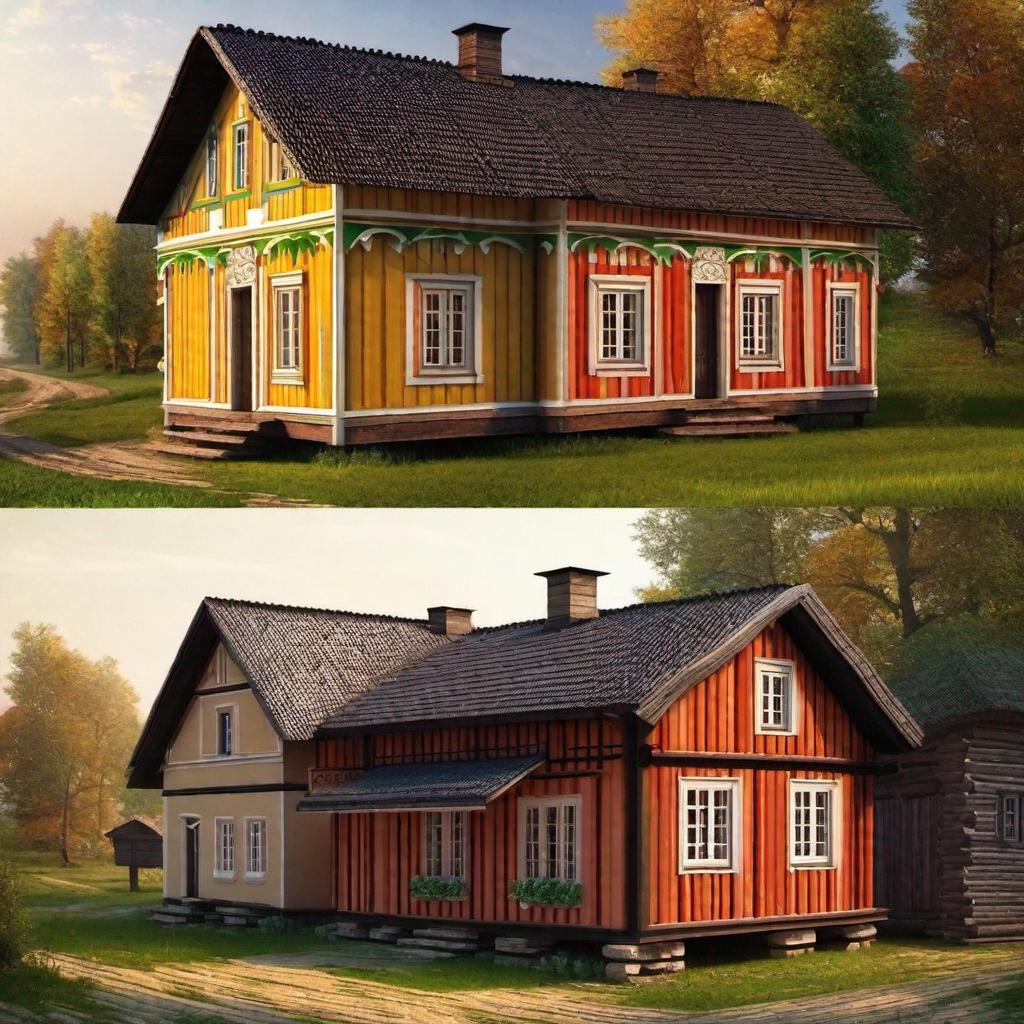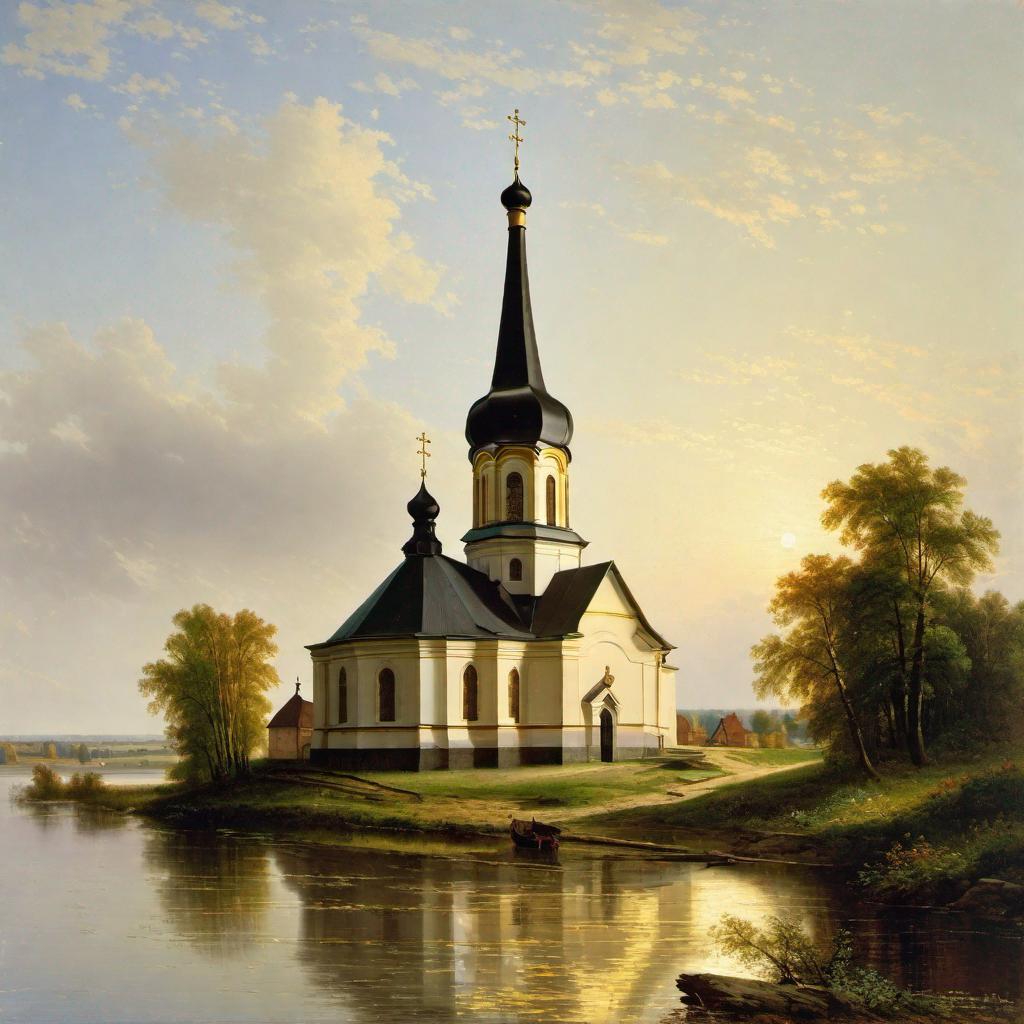Stones of Settlement: Architecture and Urban Planning in Volga German Colonies
The Volga German colonies, established in the 18th century, serve as vivid testimonies to a people's ability to blend their native architectural ethos with the nuances of a new land. The structures they erected, while rooted in Germanic traditions, evolved in response to the Russian environment, resulting in a unique architectural style.
Central to Volga German settlements was the village layout. Typically, these settlements followed a linear or rectangular plan. Houses, often constructed using local materials such as wood, brick, or clay, were arranged along a central street, with farmlands extending behind them.

The houses themselves bore hallmarks of German craftsmanship. Characterized by steep gabled roofs to shed snow, thick walls for insulation, and intricate wooden carvings adorning doorways and windows, these dwellings were both functional and aesthetically pleasing. Inside, a large communal space, or 'Stube,' was the heart of the home, often featuring a ceramic stove that provided warmth during harsh winters.
Religious edifices, be it Lutheran churches or Catholic chapels, stood prominently within these colonies. Reflecting a blend of Germanic and Russian architectural elements, these structures often sported tall spires, onion domes, and ornate frescoes.

Beyond residences and religious buildings, communal structures such as mills, schools, and community halls played pivotal roles in the settlements. These were often centrally located, symbolizing the importance of community cohesion and shared endeavors.
The interaction between Volga Germans and their Russian neighbors further enriched the architectural tapestry. Over time, elements from Russian building styles, such as the use of certain roofing materials or decorative motifs, were integrated into Volga German constructions.
Today, while many of these settlements have undergone changes, a keen observer can still trace the architectural footprints of the Volga Germans. Their structures, a blend of utility and artistry, stand as enduring symbols of a community that seamlessly married its architectural heritage with the demands of a new homeland.